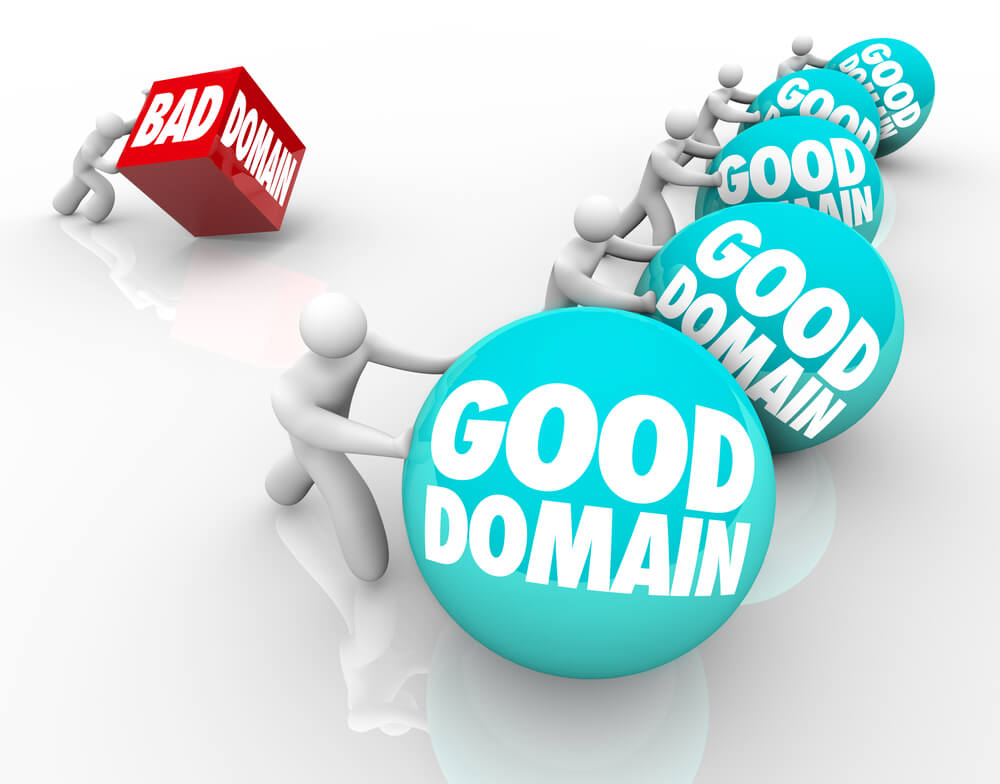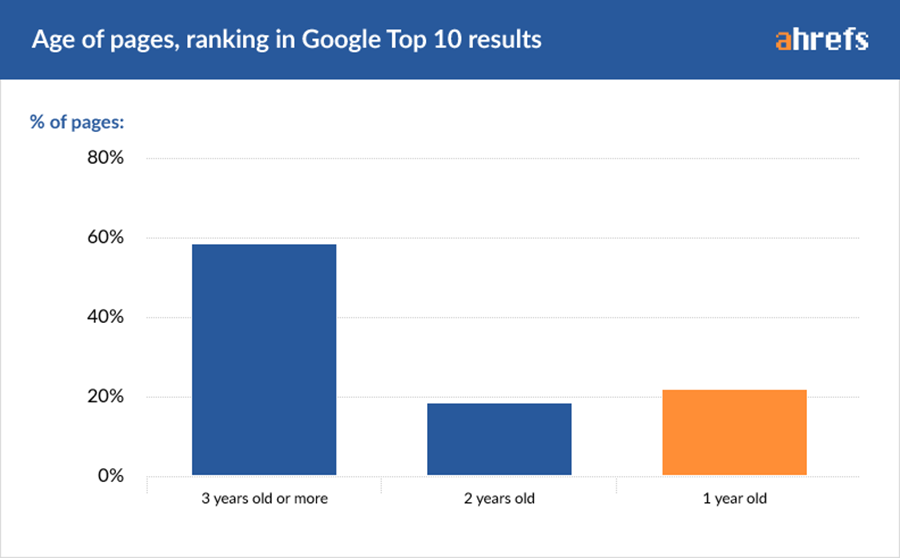Avoiding Adverse Effects on SEO through Domain Name Ownership History Checks

When building their online presence, entrepreneurs and website owners are bombarded with tips and advice on search engine optimization (SEO) ranking. Among them are the publishing of high-quality and relevant content regularly, using metatags and alt tags, and using long-tail keywords.
All these are valid and effective, but your SEO ranking strategy should begin at the very first stage of website creation—choosing a domain name. In this post, we explored the effects of domain name ownership history on an organization's SEO ranking, and how a simple check using WHOIS History Search can help users avoid related challenges.
Old Domains Rank Better
The ranking algorithm of any search engine is complicated and analyzes various factors that are difficult to grasp. Even if we fully understand how the algorithm works, it could be updated in no time to include or remove factors. But based on a study by Ahrefs that involved ranking data from 2 million keywords, a domain’s age does matter when it comes to a website’s SEO ranking.
In the said study, almost 60% of the pages that made it to the top 10 of Google search engine results pages (SERPs) were three years old and above, 18% were two years old, and 22% were a year old.

Source: https://ahrefs.com/blog/how-long-does-it-take-to-rank/
The average age of the pages on the 10th SERP is, in fact, 1.78 years, which tells us that for a website to make it to the 10th rank, it generally has to be more than one-and-a-half years old. Building on this trend to have a better chance at ranking, business owners sometimes choose to purchase old domains instead of creating new ones.
How to Check a Domain’s Age
The domain’s age is one of the results returned by WHOIS History Search, a tool that also helps with domain name ownership history checks, which is a vital process when planning to use an old domain name.
Age Is Not the Only Determining Factor
As with most things, there are always two sides of a medal. While choosing an old domain may help websites rank better, it can also adversely affect their SEO ranking. That primarily happens when the previous domain owner used the website for malicious activities such as spamming and blackhat SEO.
Google, in particular, strictly implements Webmaster Guidelines that clearly define spammy behavior. Its algorithm can detect spam and automatically demote or altogether remove a website from search results. In 2018, in fact, it sent around 4 million alerts to websites that violated the said guidelines.
Website owners who use old domains may find that even when they publish relevant content and employ SEO tactics, they still aren’t ranking high on Google or any search engine. That could be because their domain name was blacklisted.
How a Domain Name Ownership History Check Can Help
To make sure that the domain you are buying has no connections whatsoever to malicious activities, the checking of its ownership history is a must. WHOIS History Search, for one, allows website owners to view the historical records of a specific domain. It can retrieve the following information from all of a given domain’s WHOIS records:
- WHOIS server
- Domain owner and contact details
- Registrar name and contact details
- Administrative, technical, and billing contact and details
- Domain status
- Domain age
- Nameservers
After obtaining the previous owners’ details, you can then check if they are associated with spamming and other malicious activities that might affect your SEO ranking. You can even run a reverse WHOIS search by using the email address, phone number, or company name, and get all the domain names associated with the search term. If one of the returned domains looks suspicious, then chances are the domain you are planning to buy also has ties to malicious activities.
Checking the Domain’s Actual Content
Aside from checking a domain name’s ownership history, it also makes sense to check the actual content of the website formerly hosted on it. For example, if you are offering digital marketing services, and the previous owner’s website was involved with adult content, then using that domain may be detrimental to your success.
While you can easily access a site’s current content, it may not be that easy to see its previous versions. The Internet Archive is a rich source of the said content information, however. You can search for the domain name there and see the content of its previous sites.
Domain name ownership history details provide website owners insights on how a particular domain was used before. If it has links to malicious activities, no matter how tenuous, it’s better to steer clear of it.
While ranking well on Google right after launching your website is very tempting, it may be better for your SEO and overall reputation to start from scratch. That is, buy a new, well-thought-of domain name, publish relevant content with strategic keywords, use metadata and alt tags, and build high-quality links, among other things.
However, if you still think that using an old domain works better, then make sure to use tools such as WHOIS History Search so you can check its name ownership history.




































